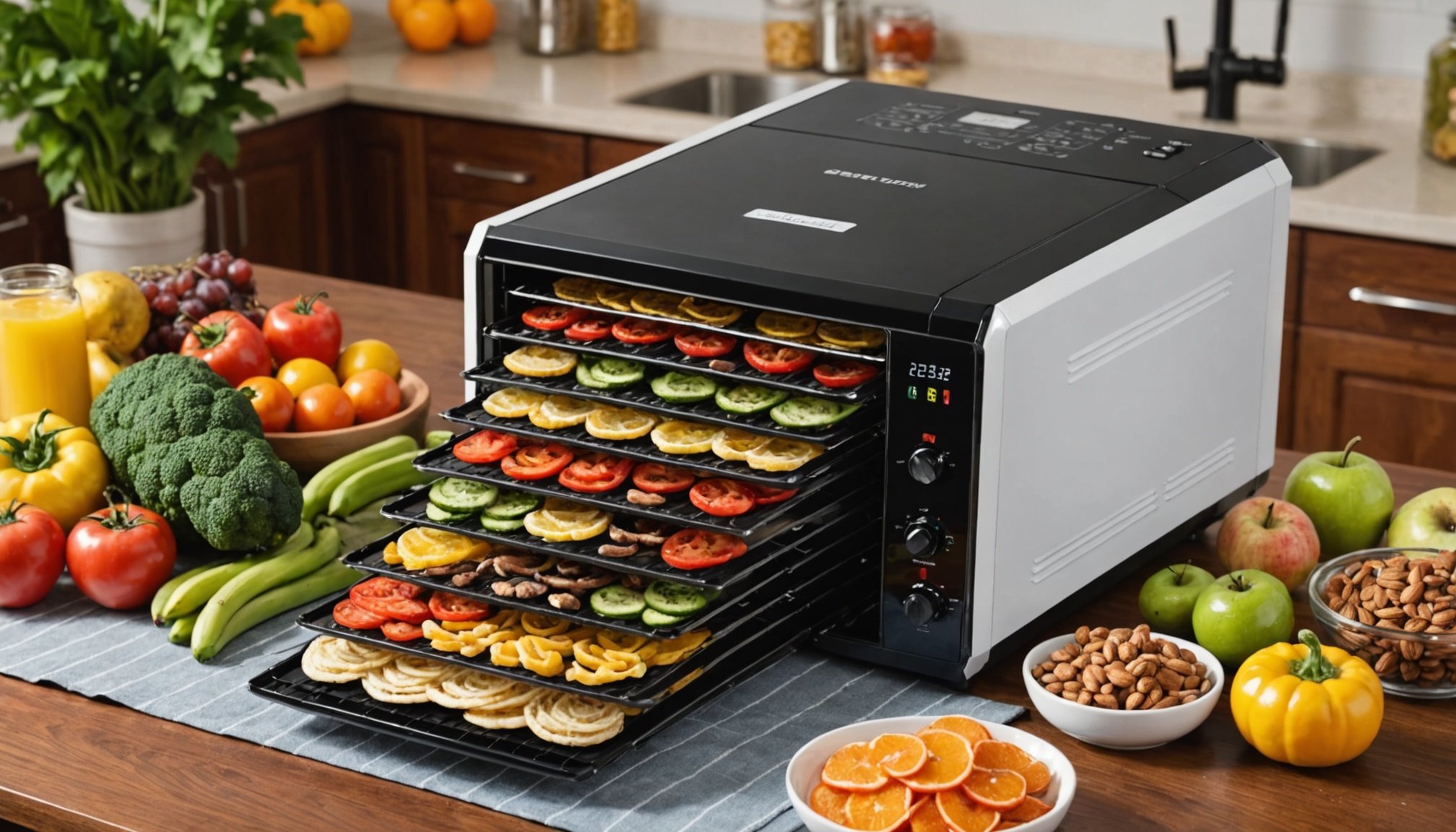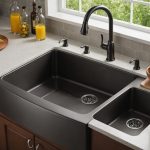Preserving nutrients in food is essential for a balanced diet and good health. But how can you achieve this while also enjoying dried foods? The answer lies in one ingenious device: a food dehydrator.
Packed with benefits, food dehydrators eliminate water from foods, curbing the growth of bacteria, and extending their shelf life. Moreover, they maintain the nutritional content of food, unlike other preservation methods. So, how can you find the best food dehydrator that effectively preserves nutrients? This guide will help you identify key features in a dehydrator, understand the drying process, and make a well-informed choice.
Topic to read : Which Compact Refrigerator Has the Best Built-in Freezer for a Small Space?
Understand the Dehydration Process
Before diving into the world of dehydrators, you must first grasp how the food dehydration process works.
Dehydrating food involves removing the water content from it. This is achieved through a process known as drying. The dehydrator uses a heat source and air flow to reduce the overall water content in foods. This ‘drying’ process, when done correctly, can preserve up to 90% of the original nutritional content of the food.
This might interest you : What Are the Best Features of High-End Culinary Torches for Desserts?
The drying temperature plays a pivotal role in the dehydration process. Different foods require varying temperatures to dry. For instance, a higher temperature might be required for meat compared to fruits. Hence, a good dehydrator should have adjustable temperature settings to cater to different foods.
Select the Right Type of Food Dehydrator
There are different types of food dehydrators available on the market, each with its unique features and benefits.
For instance, there are shelf or box dehydrators like the popular Excalibur dehydrators, known for their large drying surface area and even heat distribution. These dehydrators are particularly great for dehydrating large amounts of food at a time and maintaining even temperature across all trays.
On the other hand, there are stackable dehydrators that are more compact and perfect for small households. However, they may not provide as even a heat distribution as shelf dehydrators.
When selecting the right dehydrator, consider factors like capacity, heat distribution, and your specific needs.
Consider Dehydrator Features
Features are a determinant of how well a food dehydrator can preserve nutrients in food.
For starters, consider a dehydrator with a digital temperature control. This allows precise control of the drying temperature, ensuring that foods are dried at the optimal temperature to preserve nutrients.
A timer is also a handy feature. This ensures that foods are not over-dried, which can lead to loss of nutrients.
You might also want to look for dehydrators with transparent trays. These allow you to monitor the drying process without disrupting it.
Finally, consider the material of the dehydrator trays. Food-grade, BPA-free plastic or stainless steel trays are the best options as they do not react with the food, thus preserving its nutritional content.
Pay Attention to Dehydrator Air Flow and Heat Distribution
A key feature of the best food dehydrators is their ability to distribute heat evenly across all trays.
Poor heat distribution can lead to uneven drying, with some parts of the food being over-dried while others remain moist. Over-drying can lead to loss of nutrients, while under-drying can result in the growth of bacteria.
Therefore, look for a dehydrator that guarantees even airflow and heat distribution across all trays.
Understand the Timing of Dehydration
Time is a critical factor in the dehydration process.
Different foods have different drying times. For example, fruits may take longer to dehydrate compared to vegetables due to their high sugar content.
A good food dehydrator should come with a comprehensive guide that gives you recommended drying times for different types of food. This, coupled with a timer feature, can ensure your food is perfectly dried and that nutrients are effectively preserved.
Finding the right food dehydrator can make all the difference in ensuring your dried foods are nutrient-rich. By understanding the dehydration process, considering the right features, and paying attention to heat distribution and timing, you can preserve and enjoy nutrient-packed foods all year round. Remember, the best dehydrator for you will depend on your specific needs and preferences. Make an informed choice and happy dehydrating!
Evaluate Dehydrator’s Efficiency and Durability
When investing in a food dehydrator, it’s crucial to look beyond just the immediate features and also consider its efficiency and durability.
Firstly, assess the energy consumption of the device. A good food dehydrator should be energy efficient, favoring the environment and your pocket in the long run. Dehydrators vary in wattage from as low as 250 watts to as high as 1000 watts. Typically, higher wattage means faster dehydration but also higher energy consumption. Therefore, balance your need for speed and energy efficiency when choosing a food dehydrator.
Secondly, scrutinize the durability of the device. A sturdy and well-built food dehydrator will serve you for a long time, giving you value for your money. Look for dehydrators made of high-quality materials like stainless steel, which are known for their durability. For instance, Excalibur tray dehydrators are renowned for their robust construction and longevity.
Lastly, examine the warranty particulars. A long warranty period is a testimony to the manufacturer’s confidence in the product and offers you protection against any defects. Many top brands on Amazon offer warranties ranging from one to ten years.
Check Customer Reviews and Ratings
Before making a purchase, it’s wise to check the customer reviews and ratings of the food dehydrator on platforms like Amazon. These reviews give you firsthand insights into the product’s performance, durability, and overall quality.
Pay attention to reviews that specifically mention the dehydrator’s ability to preserve nutrients. This is the primary function you’re interested in, so it should perform excellently in this regard.
Also, look for reviews on the product’s ease of use. Dehydrating food should be a simple and straightforward process, and the dehydrator you choose should facilitate this.
Finally, consider the product’s ratings. A high-rated product is more likely to deliver excellent performance than a low-rated one.
Conclusion
Preserving the nutritional value of your food doesn’t have to be a complex process. With the right food dehydrator, you can easily dry your fruits, vegetables, and meats while retaining their nutrient content. Remember that the best food dehydrator for you depends on your specific needs and preferences.
Consider factors such as the dehydration process, types of food dehydrators, essential features, air flow, heat distribution, timing of dehydration, efficiency, durability, and customer reviews. And of course, always ensure that the chosen dehydrator can effectively preserve nutrients.
Investing in a high-quality food dehydrator not only extends the shelf life of your food but also contributes to a healthier, nutrient-rich diet. So, make a well-informed choice, harness the power of dehydration and enjoy your nutrient-packed, dehydrated foods!






